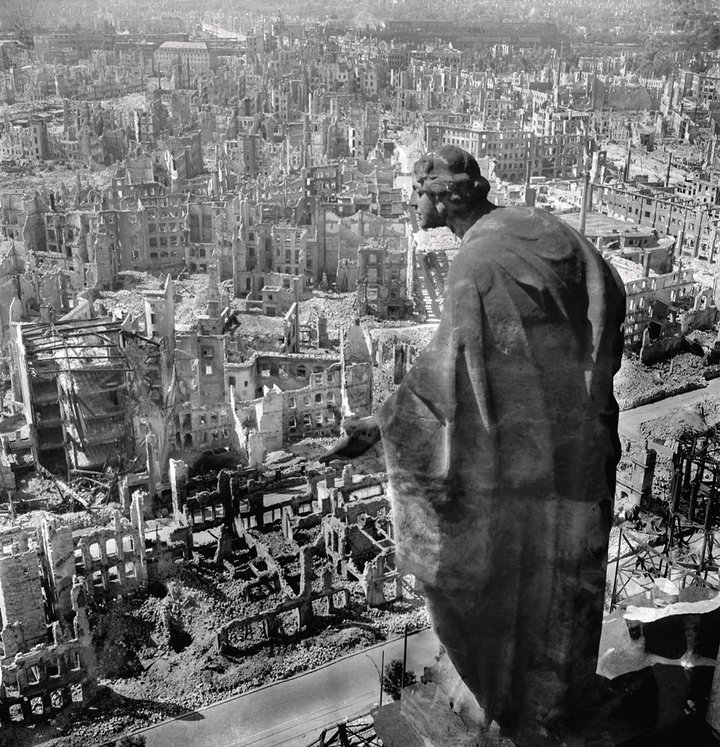For my final project I want to create a blurb book compiled of photographs that highlight the beauty in the little, and conventionally ordinary, things in life. I plan to mainly use nature photos of seemingly insignificant things like a rock, or a tree trunk to show how such objects that we inherently cast as mundane can actually be pretty spectacular. I anticipate I will mainly use photos I have taken during this semester on my iPhone and photos I will take in the upcoming days. But I will look through my digital photo library as well to see if I have any additional photos that may work well under this theme.
This project is important to me because I have found that for me personally, life becomes a lot more pleasant and meaningful when I consciously take the time to appreciate my surroundings. My senior year of high school, my English teacher would start our 8am classes by asking us to share something beautiful we saw that morning. Although this may seem like a pretty basic warmup for the class, when I was forced to reflect on my morning, I found that there were a lot of beautiful things I came across that simply passed over me. I didn’t take the time to acknowledge the sunlight reflecting off the morning dew, or the fresh breath of the crisp morning air, or the smile on my friend’s face as we passed each other in the hallway. This daily exercise helped me see that the simple act of being more aware of my surroundings can help illuminate the beauty in life. I hope to illustrate this belief in my final project through photos that capture the beauty in seemingly ordinary things.
For this project I will not be manipulating my subjects in any significant way in order to replicate the idea of stumbling across the natural beauty in life. I will also mainly use more formal composition methods to present each subject’s beauty in a clear manner. I am not totally sure how I will arrange my photos as a series yet. But I like the idea of placing the photos in a more random fashion throughout my blurb book to reflect how we often stumble across beautiful things randomly. It’s easy to forget to take in our surroundings, but I think that the process of compiling this book will help remind me to consciously acknowledge the beauty of the little things in life.
Timeline:
4/28: Take photos
4/30-5/1: Take more photos
5/2: Decide which 20 photos to include in blurb book
5/3: Design blurb book with images and possibly text
5/4: Revise book, make changes if necessary, then place order






















































